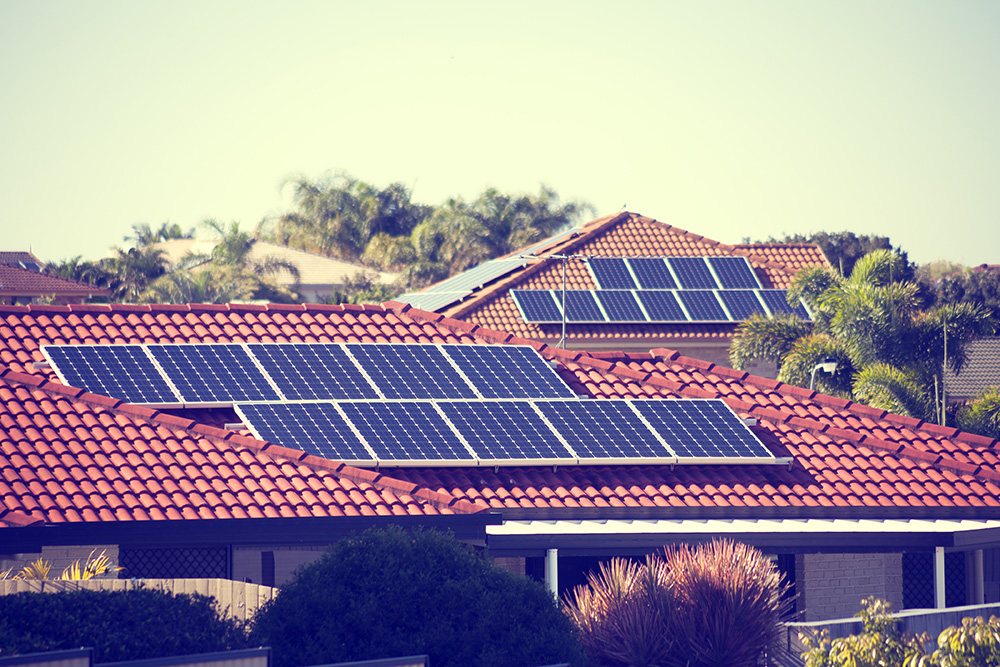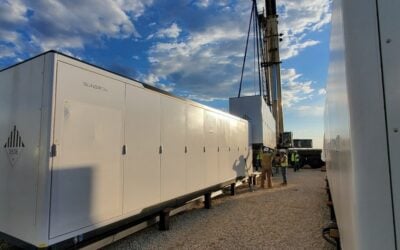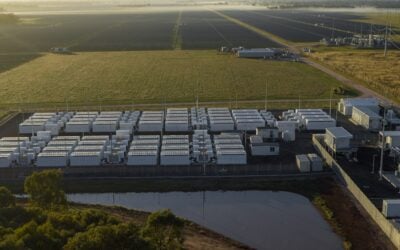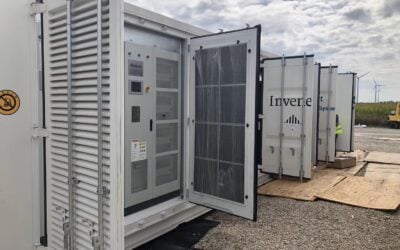
Shifting responsibility for product safety onto manufacturers, rather than installers, of residential energy storage systems would be a positive step forward for Australia’s industry, the country’s Clean Energy Council has said.
There is currently ongoing debate about how best to proceed for the rapidly growing domestic market in terms of establishing product standards and safety guidelines, particularly around the safe installation and operation of lithium-ion battery systems for the home.
Enjoy 12 months of exclusive analysis
- Regular insight and analysis of the industry’s biggest developments
- In-depth interviews with the industry’s leading figures
- Annual digital subscription to the PV Tech Power journal
- Discounts on Solar Media’s portfolio of events, in-person and virtual
Or continue reading this article for free
Recently drafted installation standards for consumer energy storage published by Standards Australia drew criticism for its ‘outdoor enclosure’ rule, DR AS/NZS 5139, which stipulated that lithium-ion batteries constitute a fire hazard and should not be installed within domestic dwellings and must effectively be put into a purpose-built enclosure.
While Standards Australia received more than 3,000 responses to that draft, many of them slamming the AS/NZS 5139 rule, industry consensus found earlier this month that overall, safety and best practice guidelines are necessary, Standards Australia said, following a round table event it held earlier this month at which stakeholders were invited to put forward their views.
“At the start of the meeting today, I asked the question ‘Are standards needed at all?’ I was pleased that there is unquestionable support for standards, developed by the right people, in the right way,” Dr Bronwyn Evans, Standards Australia’s chief executive said.
Meanwhile, industry representative group the Clean Energy Council (CEC) said that consensus was reached on several aspects of the draft standards by the assembled round table participants, which CEC said was itself an important step in the development of Australia’s consumer-facing energy storage market.
Primary among the topics on which agreement was reached was the removal of the outdoor enclosure requirement that CEC had previously described as “overly restrictive”. After discussion, Standards Australia has agreed to remove some of the provisions it had set out and further iterations of any standards will be created after discussion with industry and government to develop “appropriate building requirements” that meet international product standards and fall in line with today’s installation practices.
In other words, CEC said, this should lead to the development of a “sensible standard” which will allow for the indoor installation of lithium batteries by an accredited installer, as long as the hardware meets appropriate international standards.
“The pathway outlined by Standards Australia will shift the primary responsibility for product safety on to the product manufacturers instead of installers. This is a positive change as the alternative would ultimately result in higher costs to consumers,” CEC general manager for installation integrity, Sandy Atkins, said.
It was also agreed that Standards Australia and stakeholders including government will work together to fast track the development and implementation of standards, including the adoption of product standards recommended by accreditation houses UL and IEC. Standards Australia said this work should be done over the next three months.
Attendees at the round table including CEC hailed the work of Standards Australia so far, as well as acknowledging the importance of another initiative, the development of an industry best practice guide by Queensland’s regional government Electrical Safety Office, in fostering the safe installation of home batteries. Groups in attendance included utilities AGL and Origin Energy, the government Department of the Environment and Energy, Electrical Trades Union of Australia, Tesla and the Australian Building Codes Board.
“There was unanimous agreement in the room of the need to both encourage the uptake of new technology and manage community safety expectations,” Standards Australia’s Dr Bronwyn Evans said.
“The clear path forward set today will see us working hard and working together to get the relevant standards in place as soon as we can.”






